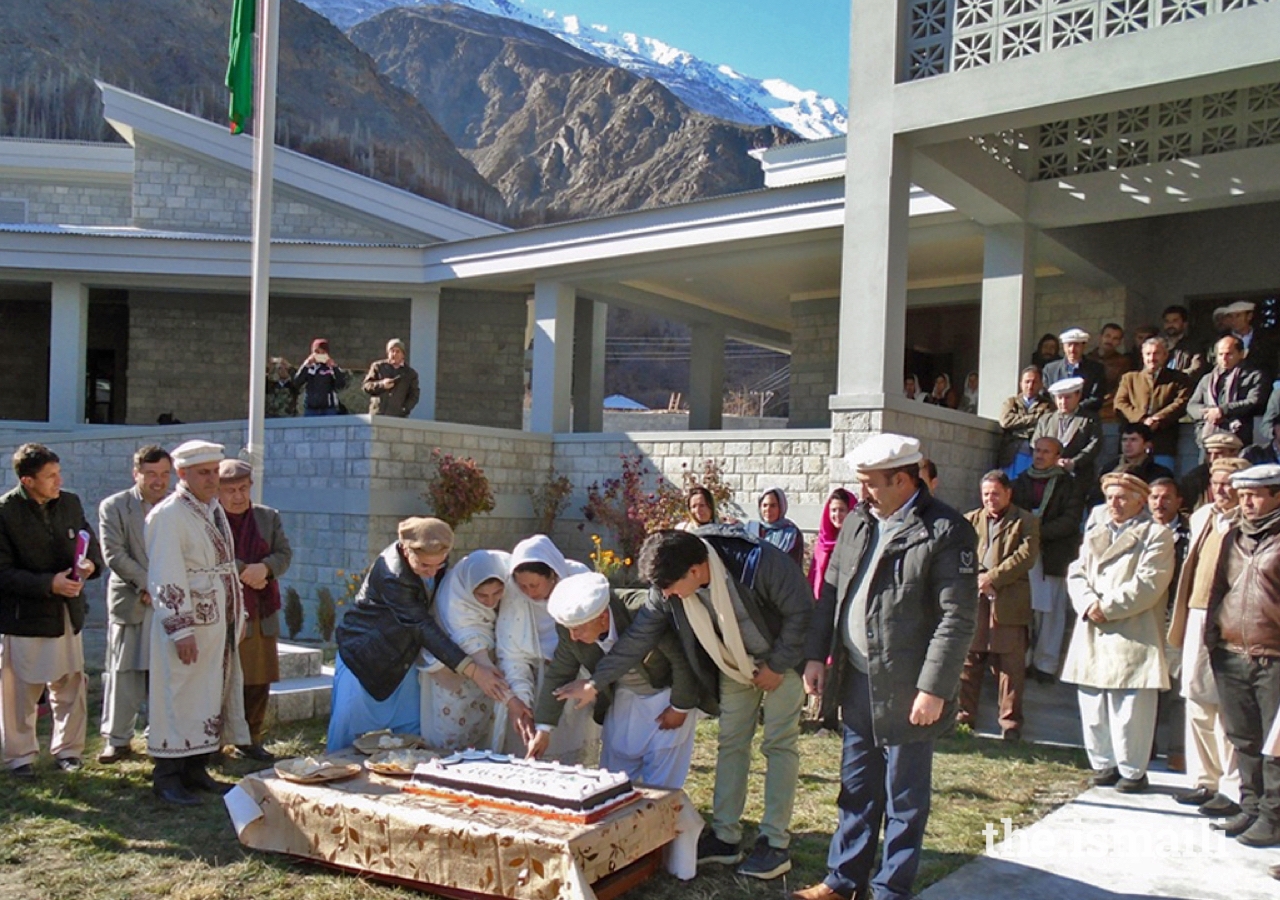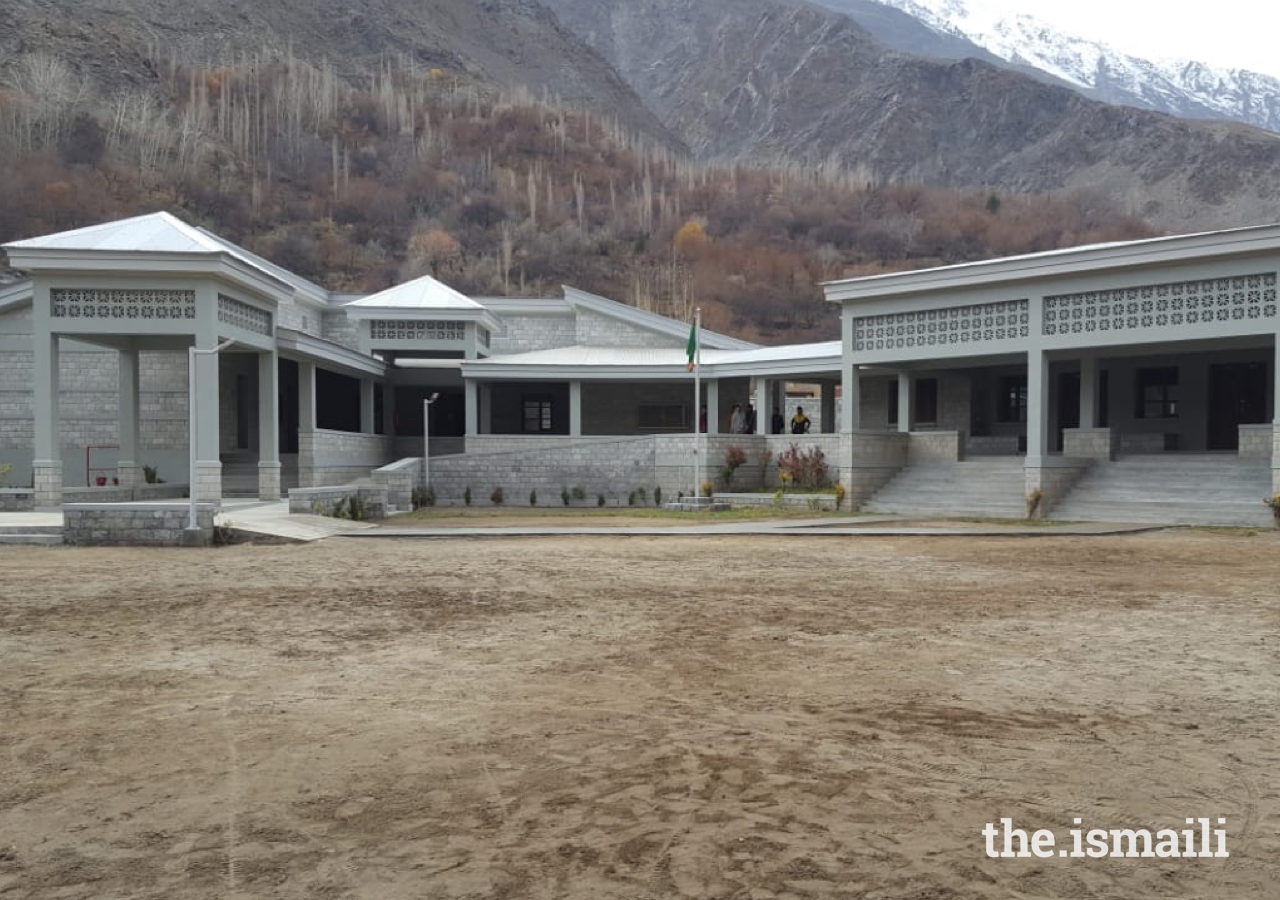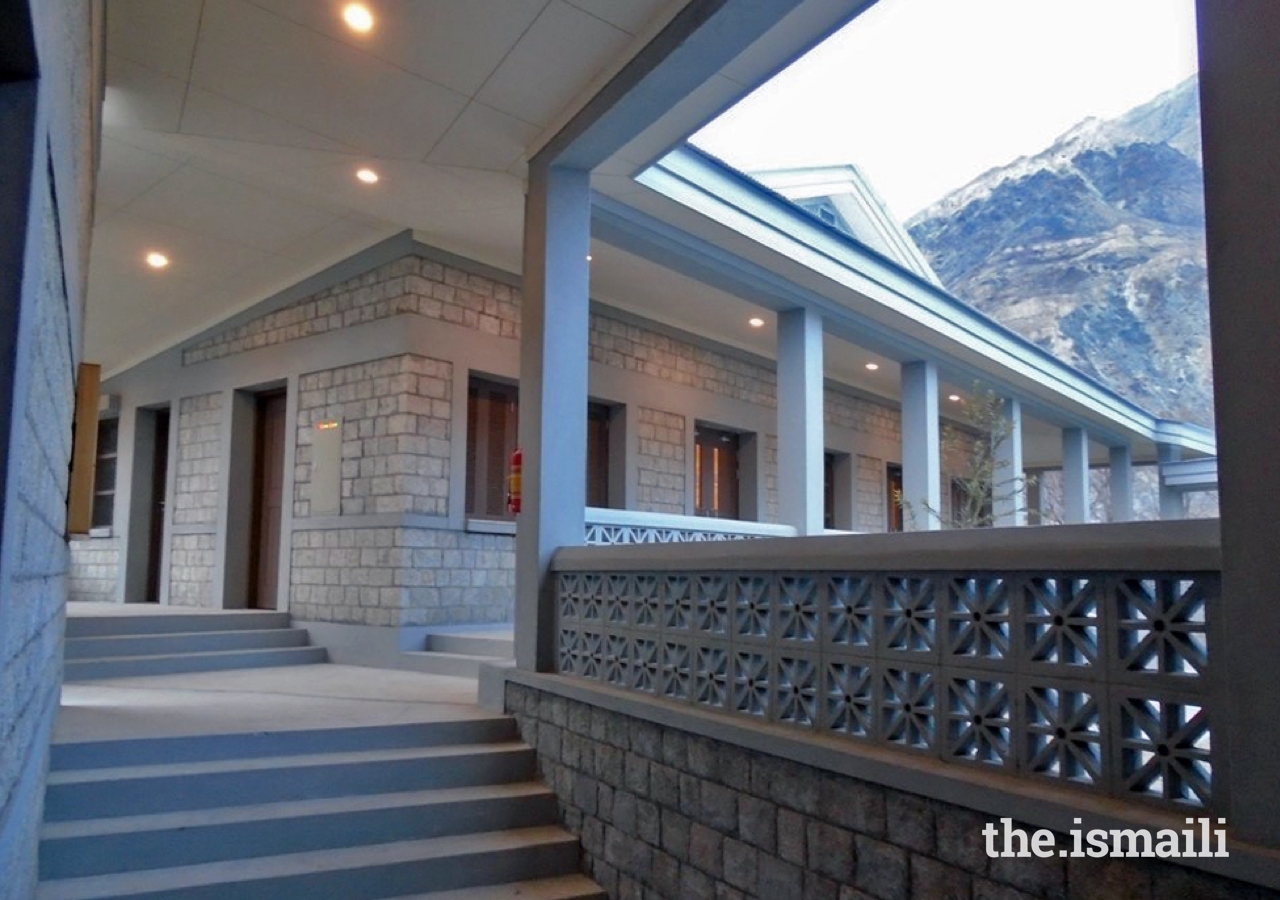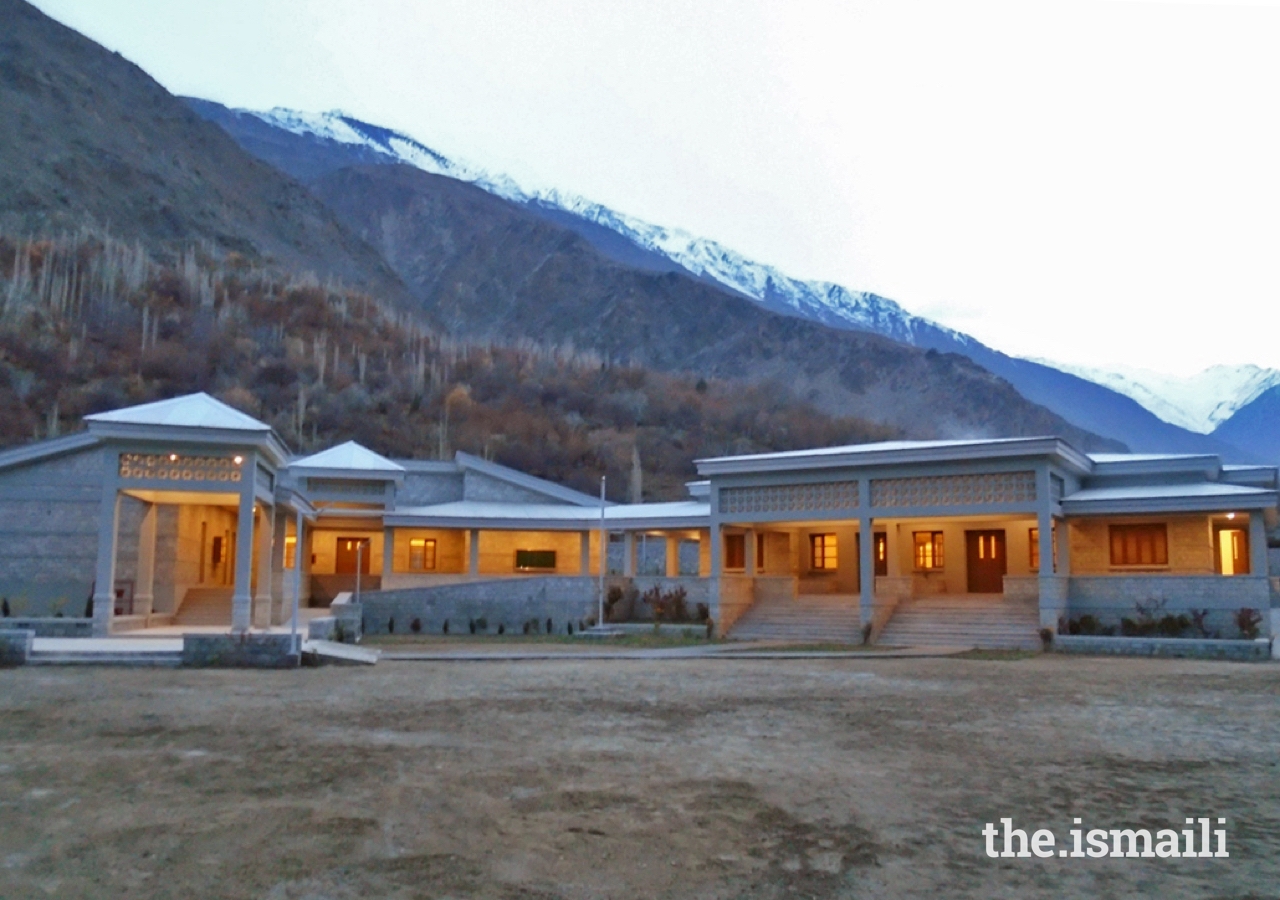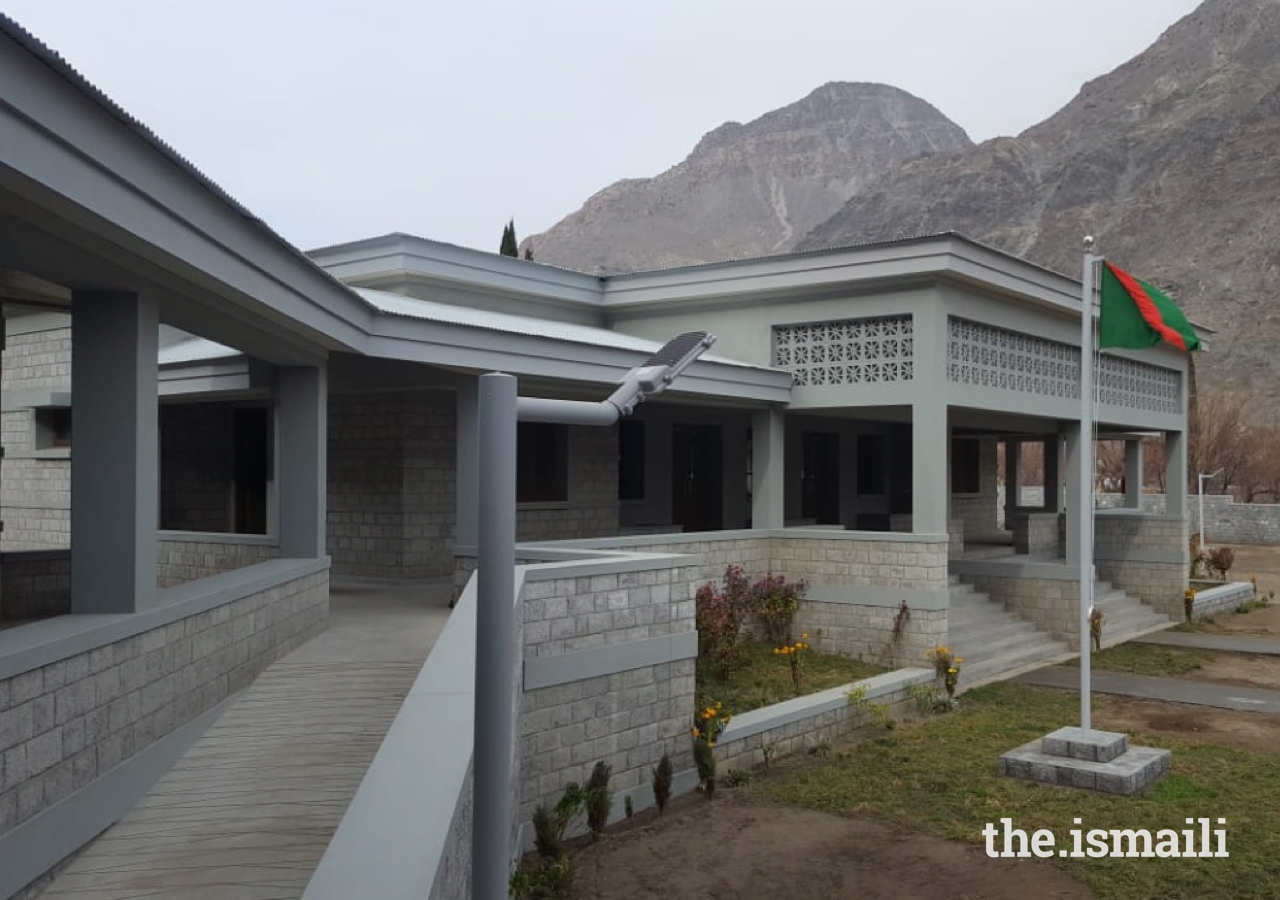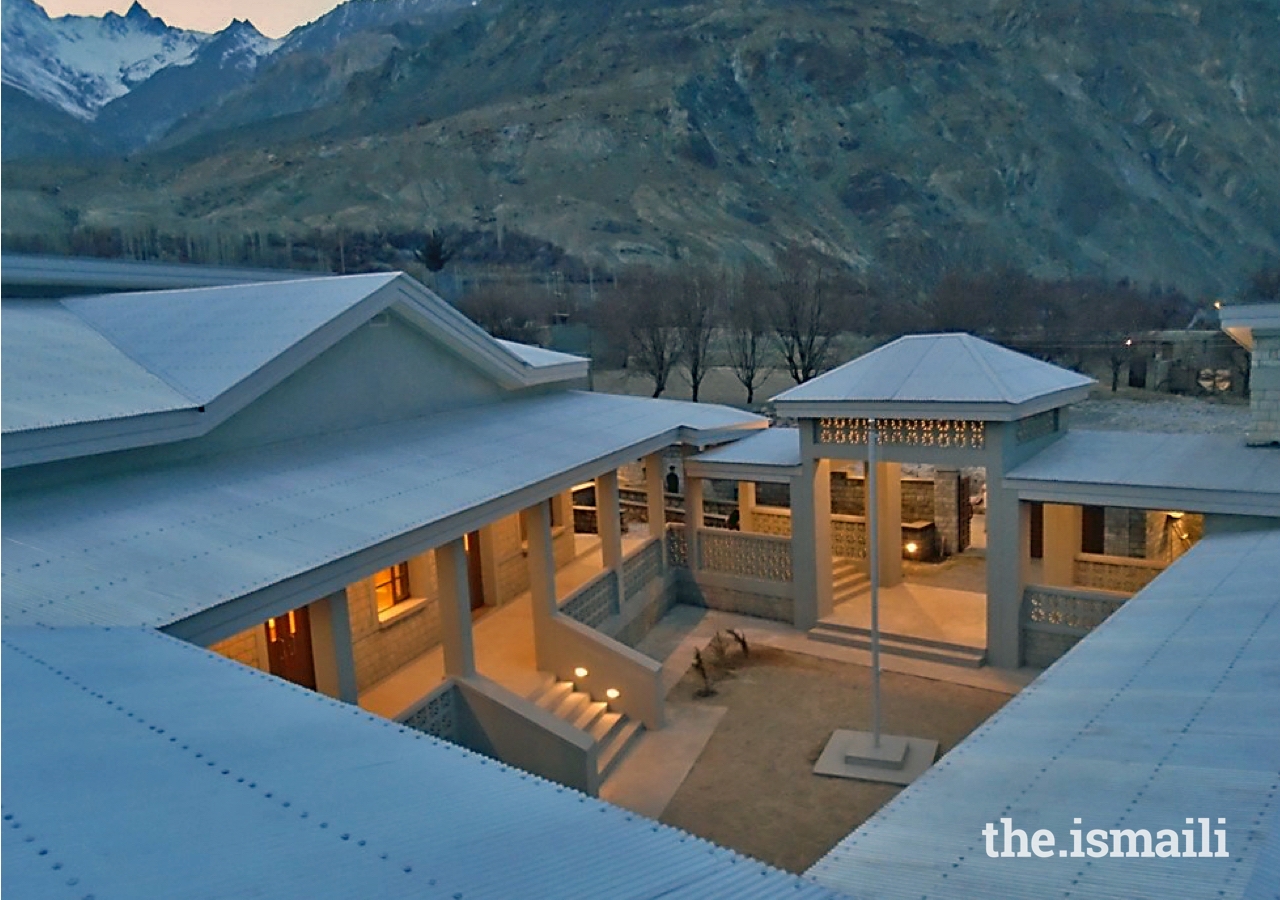The new spaces are located in areas of outstanding natural beauty. The Ishkoman valley runs north to south in the Northernmost part of Pakistan, and separates the Karakoram mountain range from the Hindu Kush. Puniyal, also a mountainous valley, translates from the Shina language to mean “basket of fruits.”
At the opening ceremony of the Ismaili Centre, Toronto in September 2014, Mawlana Hazar Imam remarked, “One of the ways in which Ismailis have expressed their identity wherever they have lived is through their places of prayer, known today as the Jamatkhana.”
The Jamatkhanas in Daien (Chatorkhand, Ishkoman) and Gitch (Singal, Puniyal) serve as a centre point for religious activities, and the inbuilt multi-purpose halls provide space for conducting social and educational activities such as early childhood development (ECD) classes.
“There is only one Diamond Jubilee School in the vicinity and it was difficult for the parents to travel to other areas due to harsh weather conditions,” said Jahangir Shah, President of the Ismaili Council for Chatorkhand. “The ECD hall in Jamatkhana has provided hope and will play a significant role in the development of young children of the Jamat. We feel lucky to have this facility at our doorstep.”
Highlighting the benefit of multiple social services offered under one roof in Daien Jamatkhana, President Shah said, “Through one window service, skill development training was given to the Jamati members and now four of them have shops through which they are now able to support their families.”
Built on high altitudes, the Jamatkhanas in Daien and Gitch have been constructed in collaboration with the community in Gilgit-Baltistan. They blend traditional design with modern structural and architectural methodologies. To address the seismic risk, harsh winter climate, and other challenges posed by the natural environment in the Northern region, the construction team relied on the disaster risk assessment capabilities of the Aga Khan Agency for Habitat (AKAH), along with its decades-long experience with technologies and methodologies used in its Building and Construction Improvement Programme (BACIP).
Experts at AKAH conducted Hazard Vulnerability Risk Assessments at both sites in order to ensure safe zones for Jamatkhana construction. “After the assessment, AKAH hired the designers and provided top supervision throughout the construction period. From AKAH, the Architect and Buildings Manager took the lead and worked closely with the construction teams and the consultants to build the Jamatkhana,” said Tausif Ahmad, Head of Planning and Building at AKAH, Pakistan.
The Jamatkhana structures use the flexible BACIP galvanised wire which adjusts to the contours of uneven stone masonry, thus providing seismic resistance. Therefore, the new Jamatkhanas will not only create a space for the Jamat to gather for prayer, learning, and social functions, they will also act as shelters in the event of a natural disaster. Through sharing of best practice, these spaces will also encourage the Jamat and neighbouring communities to adopt similar construction practices in their own buildings.
With the potential to uplift the Jamat in a variety of ways, the new Jamatkhanas of Northern Pakistan are sure to be catalysts in improving the quality of life of all communities in the region.

